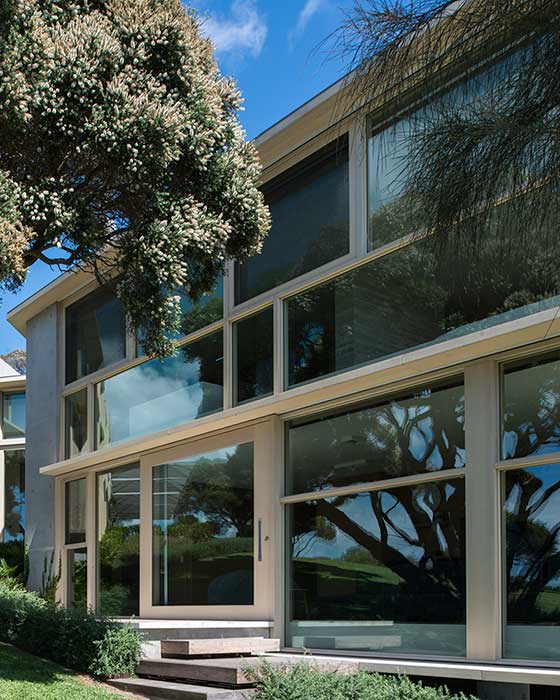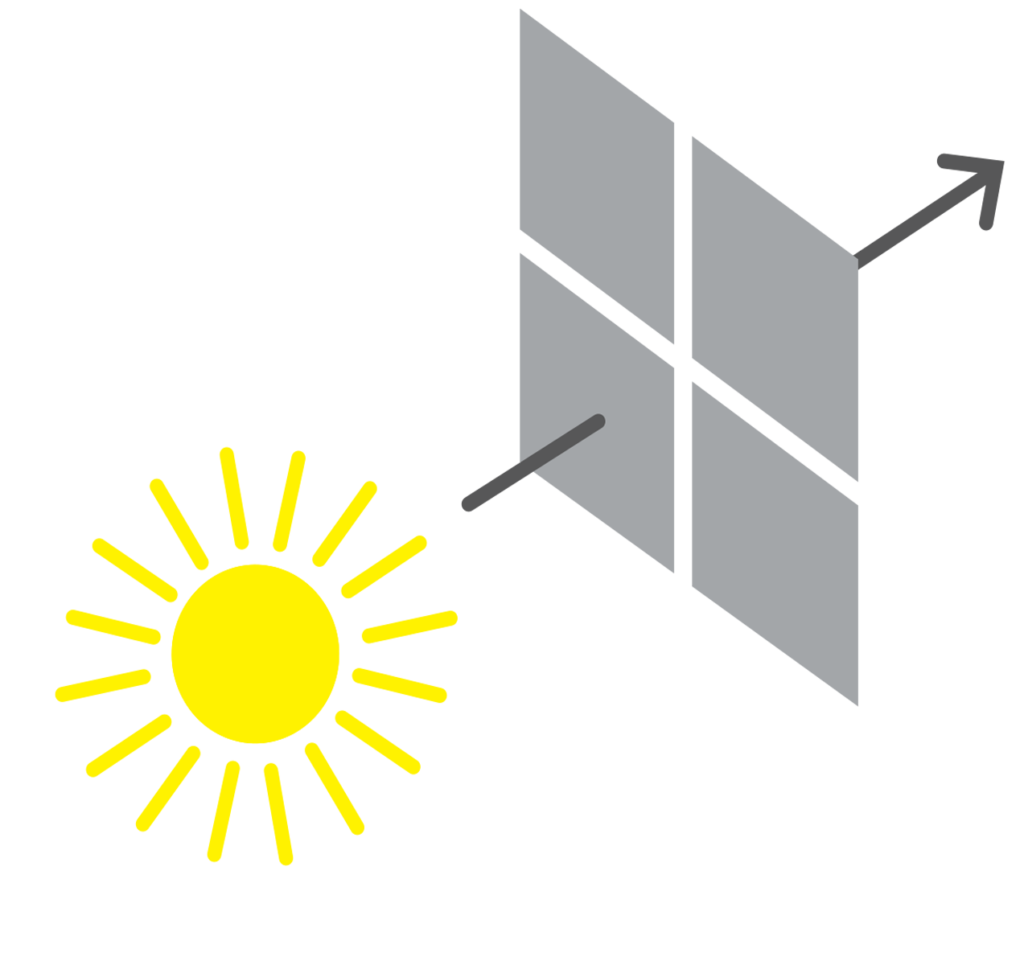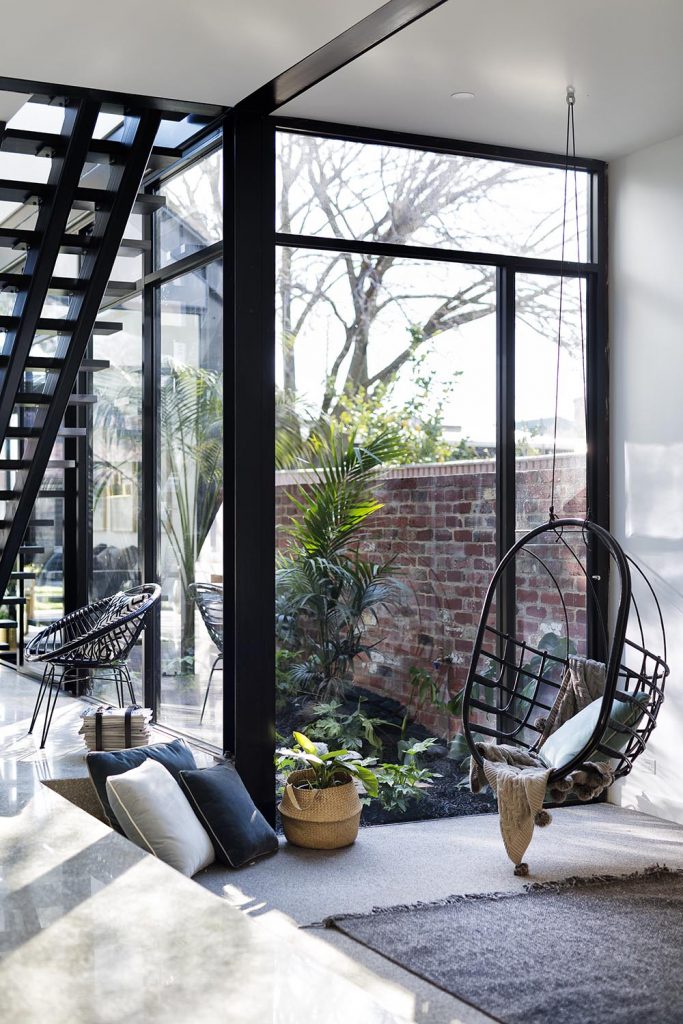Choosing the right glass
As the benefits of choosing the right glass are not immediately visible, they are sometimes overlooked. However when it comes to cutting costs on your project, it pays to first understand the importance of glass performance on your building, it’s occupants and the environment.

The impact of glass performance
With over 40% of a home’s heating lost and 87% gained through windows alone, glass is a pretty critical element in building design. The better the thermal performance of your windows, the better the building will be at naturally regulating internal temperatures. And the higher the light transmission, the more natural light is able to enter the building.
Choosing the right glass type is determined by the climate, elevation, surroundings and building requirements, be it reducing glare and heat gain, insulating, letting in natural light, or a combination. Take the quiz below to find the right glass for you.
The impacts of glass performance are wide-reaching and include:
- Environmental benefits – save greenhouse gas emissions by reducing the amount of power required to artificially cool, heat or light up the inside of a building.
- Financial benefits – save money on your power bill
- Health benefits – less artificial lighting or temperature control means better overall heath and well-being of building occupants, resulting in greater productivity and moods.
Solar blocking


Cooler inside
Passive Cooling
In cooling dominated and mixed climates where the temperatures can soar during summer, a glass which blocks a large portion of the solar heat is recommended to keep buildings naturally cooler.
When the sun is high in the sky and at its hottest, a glass that limits heat gain ensures the air-conditioning systems don’t work harder to maintain comfortable temperatures. Look for a low Solar Heat Gain Coefficient (SHGC).
Passive Heating
In heating oriented climates and mixed climates which experience colder winters, a glass able to harness the winter sun and re-radiate escaping heat back into the room helps maintain thermal comfort without excessive artificial heating.
When the sun the lower in the sky and a welcome source of heat, a glass that permits its passage and keeps it circulating long after its passed is recommended. Look for a low U-Value figure which indicates more effective insulation.

Harness the winter sun
Reflect escaping heat

Window Orientation

The way in which the sun rises and sets in summer versus winter has a different impact on the various window orientations. Put simply, the amount of direct sunlight the windows receive throughout the day and seasons affects passive heating and cooling.
Therefore, the elevation of the building and the direction of the windows is a significant factor to consider when selecting the appropriate glass and the need for shading devices:
- North elevated windows receive direct sun in winter when the sun is low in the sky and little in summer when sun is high.
- East and west facing windows can also bea major source of heat gain during summer; east and north-east predominantly in the morning, while west and north-west more so in the afternoon.
- South facing windows more often than not receive very little direct sunlight in summer and virtually none in winter.

The "good, better, best" scenario for your windows
A good starting point for your windows would be a single glazed low-E coated glass like LoE-i89. For windows receiving more sun, we would recommend a double glazed IGU as a minimum like our EnerSave range with clear and clear on either side or grey on one side to further block the sun, although this will effect visibility. Most buildings should consider a double glazed IGU with a low-E coating on surface 2 or 3 for it’s insulating properties and solar control.
The ultimate double glazed Low-E combination is a low-E coating like LoE-366 on surface 2 plus a room side coating like LoE-i89 on surface 4.
See below for associated products and download our Glass Performance Chart to compare.
Take the quiz and discover the most suitable glass
Useful documents
Guides
Whitepapers
- Glass for energy efficiency - this whitepaper explores how glass selection can impact a buildings'energy performance
- Glass for health & productivity - this whitepaper takes a look at the less tangible benefits of glass performance
- Retro-glazing for improved energy efficiency - this whitepaper outlines glass replacement options for older slimmer framing systems
